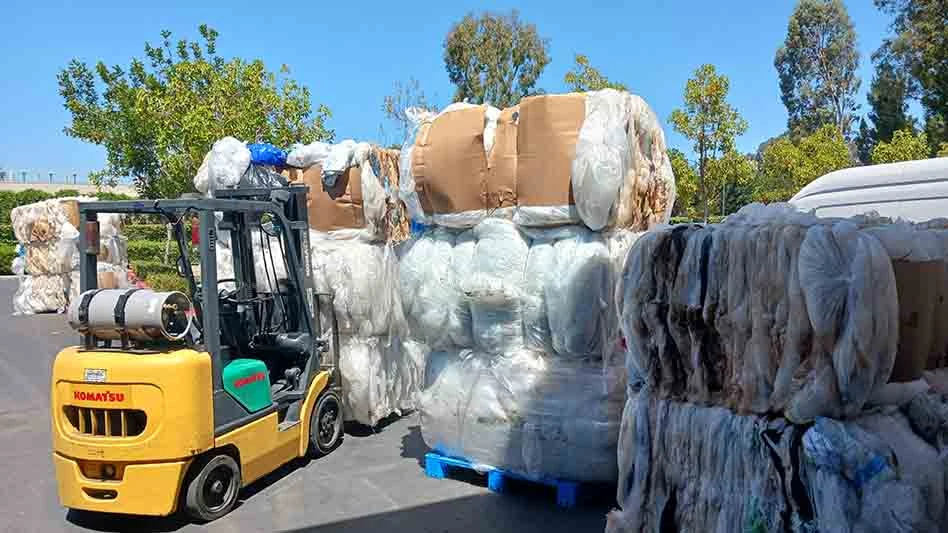The U.S. Geological Survey (USGS) has released its list of 50 mineral commodities critical to the U.S. economy and national security after performing what it calls an extensive multiagency assessment to evaluate mineral criticality.
The most recent list was created based on directives from the Energy Act of 2020 which indicates that at least every three years the Department of the Interior must review and update the list of critical minerals, update the methodology used to identify potential critical minerals, take interagency feedback and public comment through the Federal Register and ultimately finalize the list.
There are 15 more commodities listed in the 2022 findings compared with the previous list in 2018 and, according to the USGS, much of the increase is the result of splitting the rare earth elements and platinum group elements into individual entries rather than including them as “mineral groups.” The 2022 list adds nickel and zinc while removing helium, potash, rhenium and strontium.
“Critical minerals play a significant role in our national security, economy, renewable energy development and infrastructure,” says Tanya Trujillo, assistant secretary of the Interior for Water and Science. “USGS data collection and analysis scans the horizon for emerging issues in crucial supply chains and every three years identifies the nation’s current vulnerabilities to potential disruptions.”
The 2022 list includes minerals such as aluminum, which the USGS determined in used in almost all sectors of the economy, lithium, magnesium, manganese, nickel, tin, titanium, tungsten and zinc. The full list can be accessed here.
The Energy Act defines a critical mineral as a nonfuel mineral or mineral material essential to the economic or national security of the U.S. and which has a supply chain vulnerable to disposition. They also are characterized as serving an essential function in the manufacturing of a product, the absence of which would have significant consequences for the economy or national security.
“Mineral criticality is not static, but changes over time,” says USGS National Minerals Information Center Director Steven M. Fortier. “The 2022 list of critical minerals was created using the most recent available data for nonfuel mineral commodities. However, we’re always analyzing mineral markets and developing new methods to determine the various evolving critical mineral supply chain risks.”
The list of critical minerals will be the focus of USGS research quantifying critical mineral potential within the U.S. In President Joe Biden’s bipartisan infrastructure law, the USGS received funding for its Earth Mapping Resource Initiative, which will update the nation's mapping of these minerals, including those still in the ground and those present in mine wastes.
Get curated news on YOUR industry.
Enter your email to receive our newsletters.
Latest from Recycling Today
- Arizona AG says consumers were misled over recycling bags
- PRE warns European plastic recycling industry facing ‘imminent collapse’
- NWRA, Informa partner to launch Waste Leadership Summit
- Circular Action Alliance appoints new executive director in California
- Aduro reports fourth-quarter, FY25 results
- EverestLabs announces first international deployment
- Sunnyvale, California, awards contract to BHS
- Scrap Expo session preview: Technology Spotlight—Refining Recovered Metal






